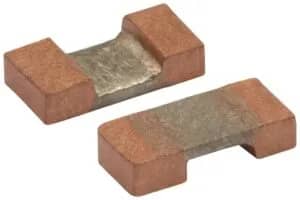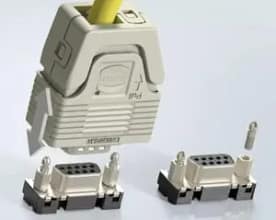Called WSLF1206, it is available in values down to 300μΩ.
Only the 300μΩ and 500μΩ versions are rated at 5W, and that is only up to 70°C ambient temperature. This drops to 3W up to 100°C, and lower beyond that.
1, 2 and 3mΩ types complete the range, and they are rated 4W up to 70°C and 2W up to 100°C.
Construction is a nickel-chromium aluminium resistive element welded to manganese-copper ends.
The +20 to +60°C temperature coefficient of the central resistive element is around ±20ppm, but this changes when the end terminations are taken into account.
Over -65 to +170°C, according to the data sheet, the temperature response of the complete resistors is ±275ppm/°C for 0.3mΩ part, ±200ppm/°C for 0.5mΩ, ±100ppm/°C for 1mΩ and ±75ppm/°C for 2 and 3mΩ.
That said, the official operating range only goes down to -55°C.
There is a choice of initial tolerance: either ±1% or ±5%.
Thermal EMF is better than 3μV/°C and inductance is below 5nH.
Dimensions are 3.2 x 1.65mm, with thickness between 0.8 and 1.2mm depending on the part.
Find the resistors on this Vishay product page, and a useful ‘Temperature Coefficient of Resistance for Current Sensing’ here.
The same company recently introduced an isolated precision amplifier for resistive current sensing.






